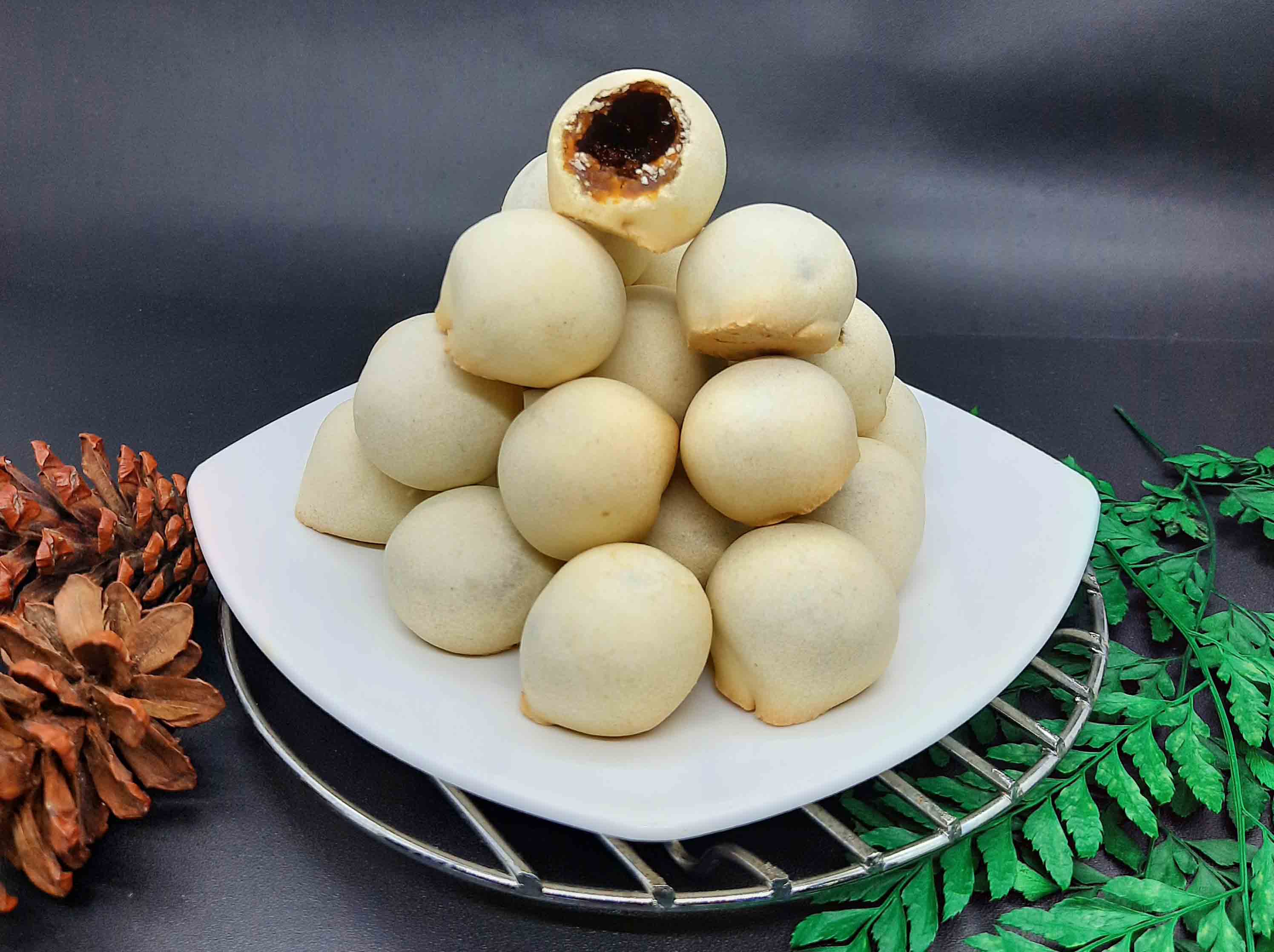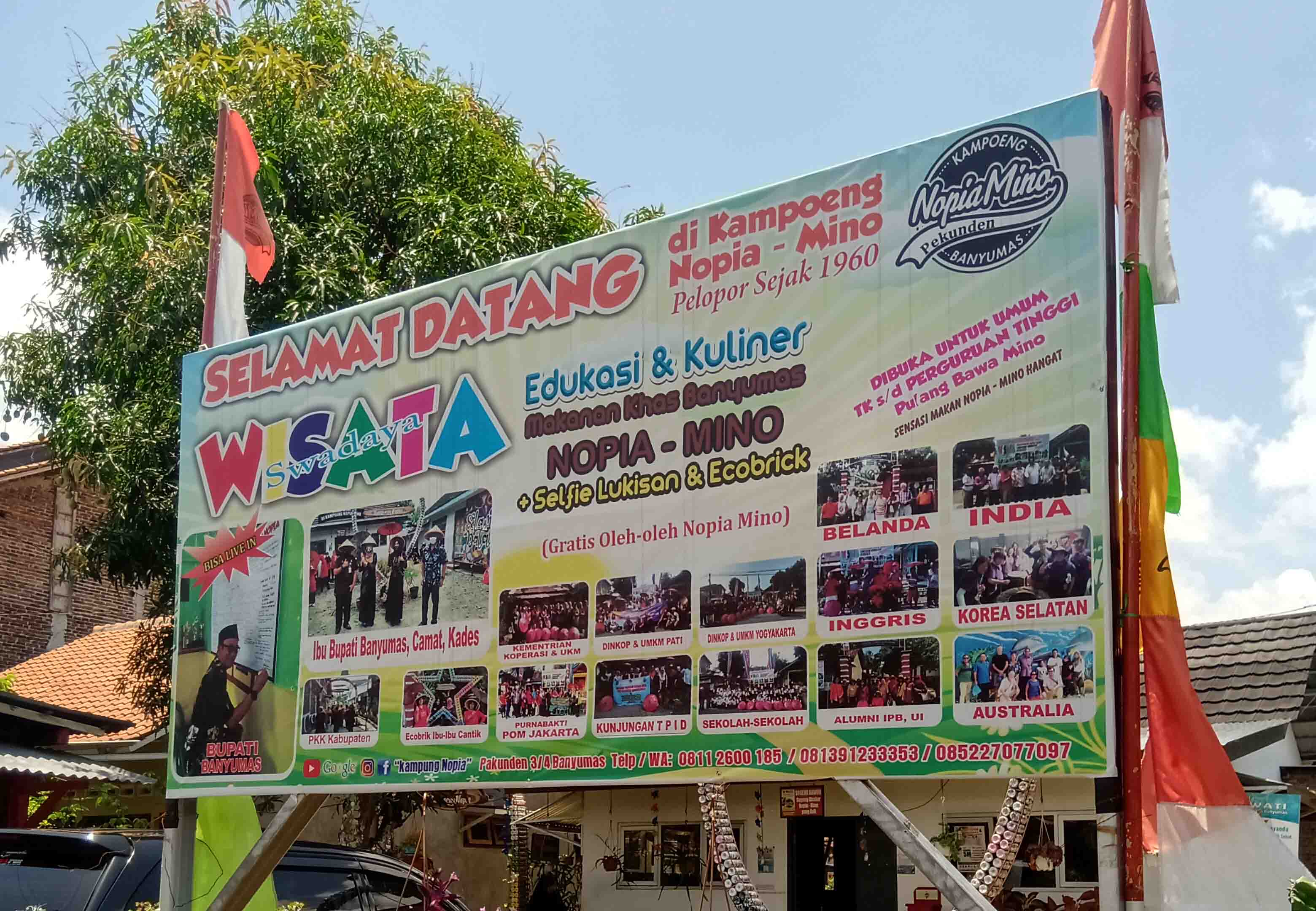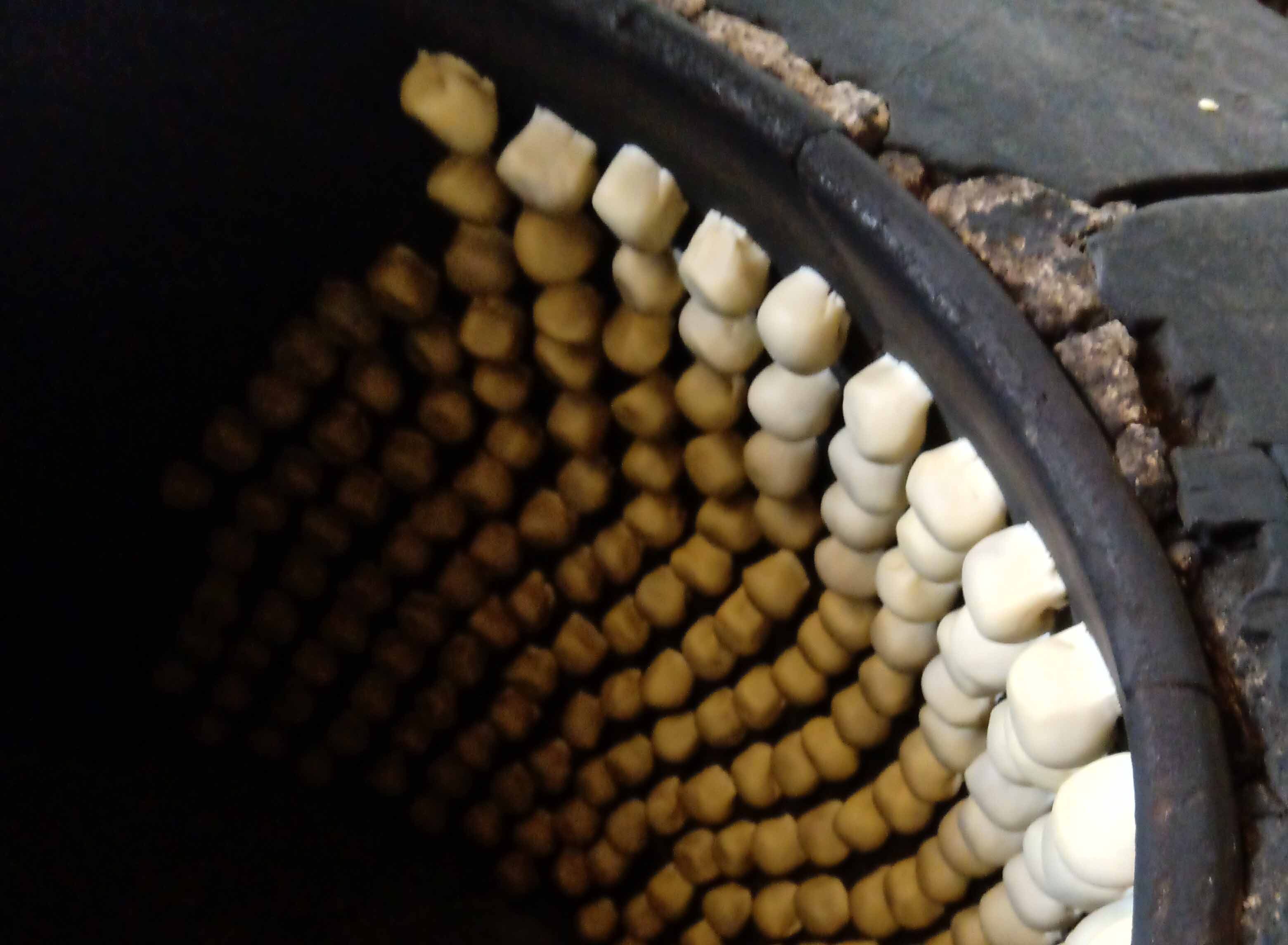Take A Peek At The Production Of Nopia Banyumas In Pekunden Village
Recently Pekunden Village was awarded the Best Tourism Village in the 2022 Jaw a Tengah Tourism Village Awards. One of the exciting attractions here is seeing the making process of Nopia.
Nopia is the name of a traditional Banyumas snack. It is durable, and perfect for souvenirs. It's easy to find nopia in various souvenir shops and even supermarkets.
The process of making nopia is also unique. The skin dough is made from wheat flour and other mixed ingredients. While the contents of nopia are made of brown sugar mixed with other ingredients. The skin dough is round like an egg.
The cooking method is still very traditional using a large clay stove to roast. The rounded nopia dough was pasted on the wall of the furnace. Then burned with firewood until cooked.
After being cooked, the texture of nopia skin becomes hard. It's slightly savory on the outside and sweet on the inside. Very suitable for snacking with tea or coffee while watching television.
There are two sizes of nopia, the normal size is called nopia and the small size is called mini nopia or shortened to mino. The shape is the same as round like an egg that is not perfectly round, slightly oval. This egg-like shape makes nopia also known as ndog gludug or ndog bledeg. In Indonesian, it means lightning or lightning egg.
As the nopia is getting famous, the filling of nopia becomes many variants. There are pineapple, durian, pandan, chocolate, jackfruit, and other flavors. Buyers can choose their favorite.
It is said that nopia was popularized by families of Chinese descent around the 1880s. Now the center for making nopia is in Kampoeng Nopia Mino which is in the Pekunden Tourism Village, Banyumas. In Kampoeng Nopia Mino, we can see directly the process of making nopia. Or if you want to wholesale for souvenirs, you can too.
In the Pekunden Tourism Village, visitors can not only see the process of making nopia but there is also Oemah Gamelan, where visitors can also see firsthand the gamelan-making process. There is a Dragon Fruit Farm, where visitors can find out how to plant and pick dragon fruit directly. More, at Oemah Batik, visitors can of course learn how to make batik. Besides that, of course, there are still many arts, culture, and culinary delights that visitors can enjoy. (Kasih/Contributor).
**Find a unique and memorable experience by traveling to Jawa Tengah #DiJatengAja. Get the latest information about Jawa Tengah tourism from visitjawatengah.jatengprov.go.id. The Jawa Tengah Tourist Information Center (TIC) service is present online through LIVE CHAT in the TIC Online menu available on the website.



